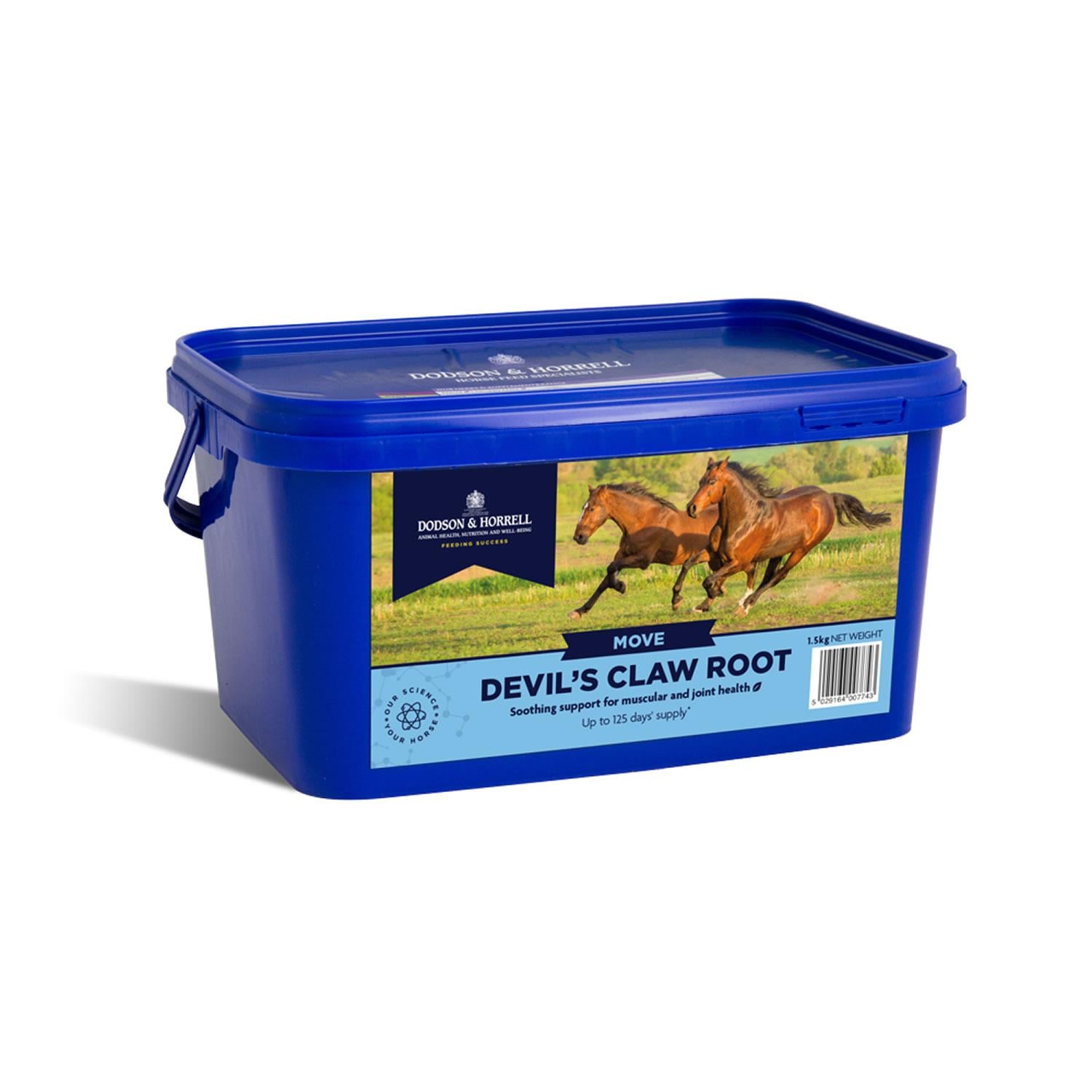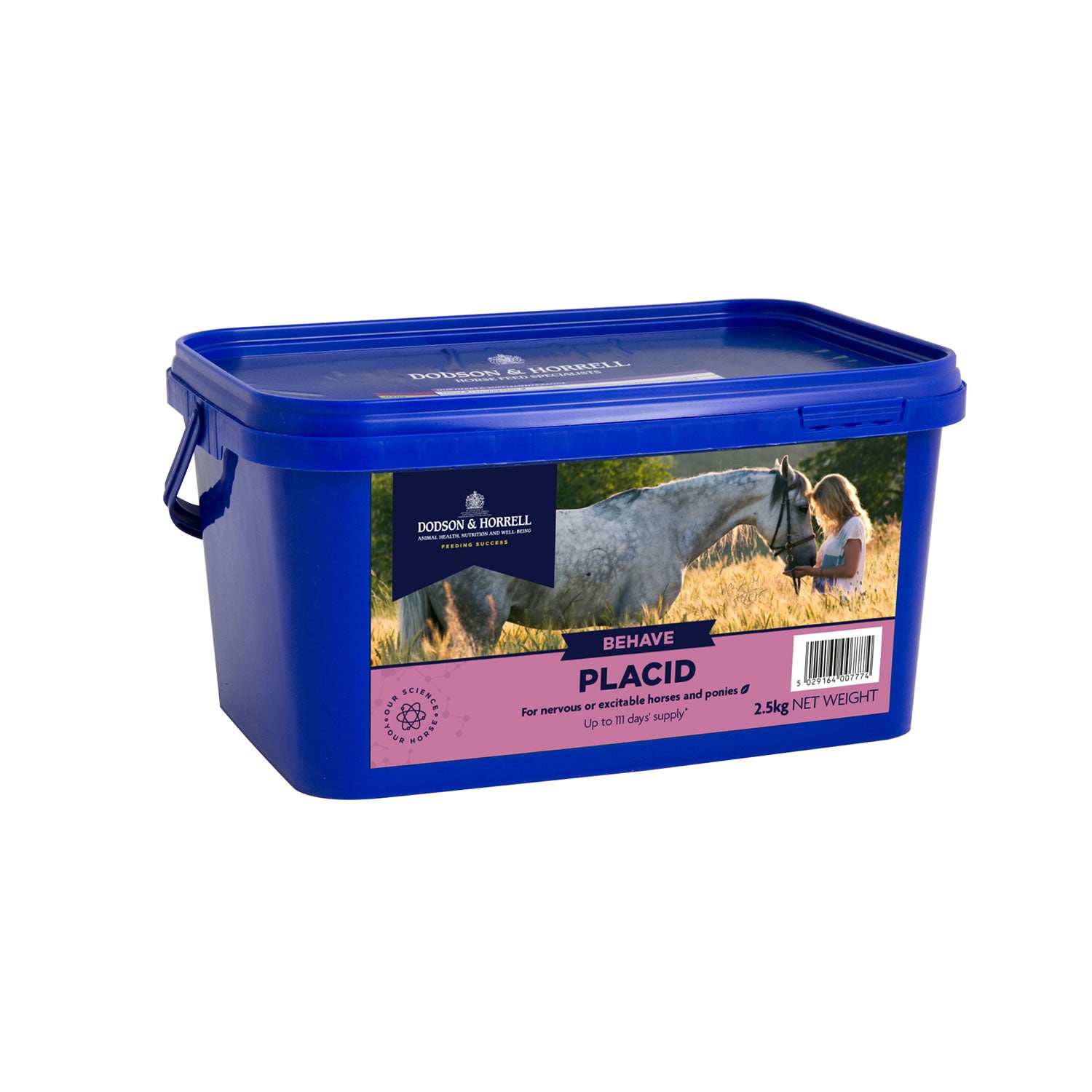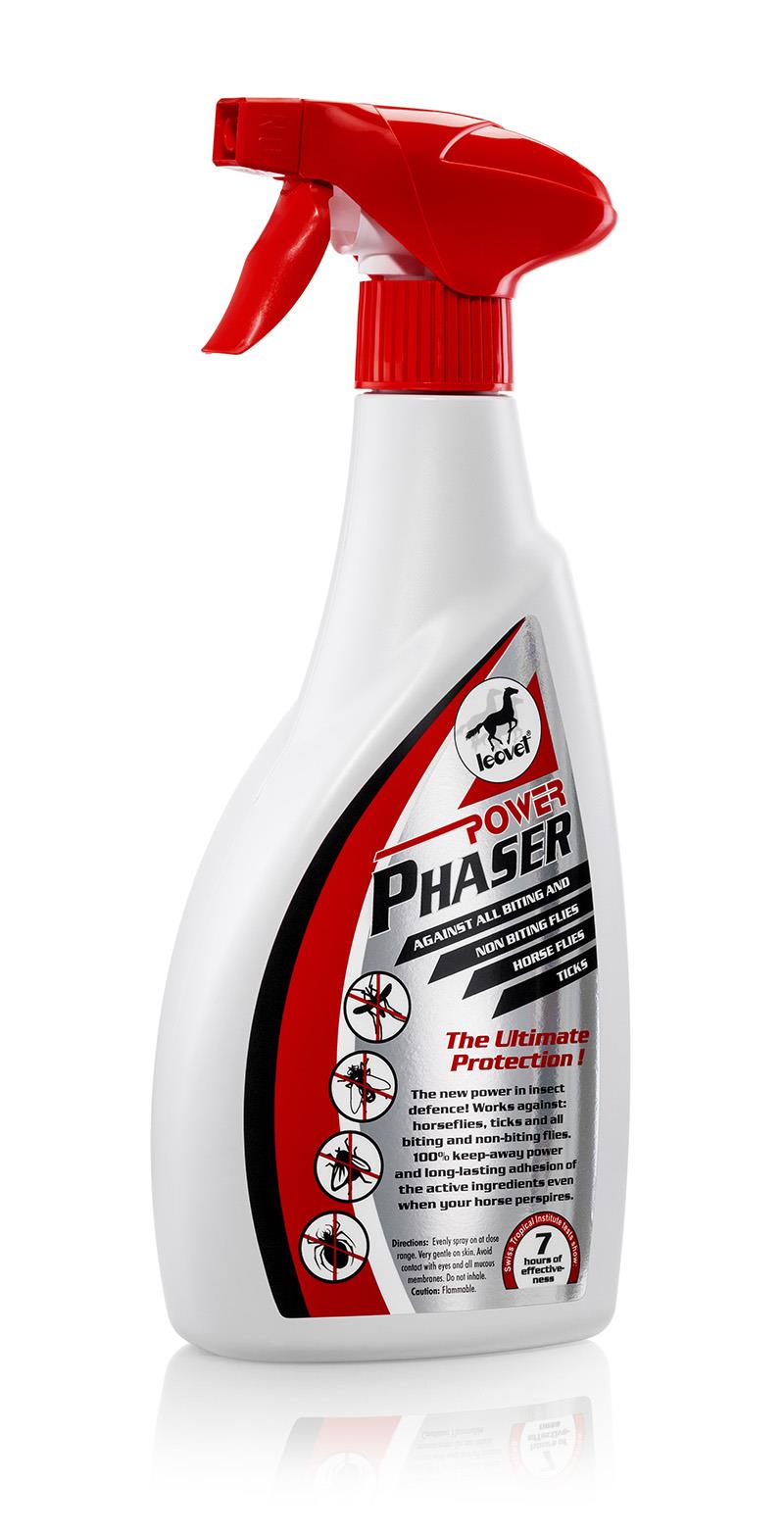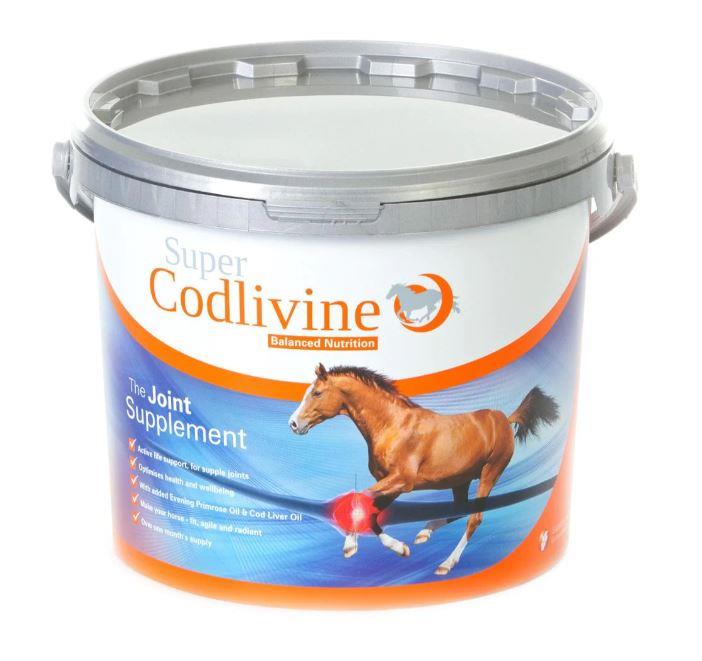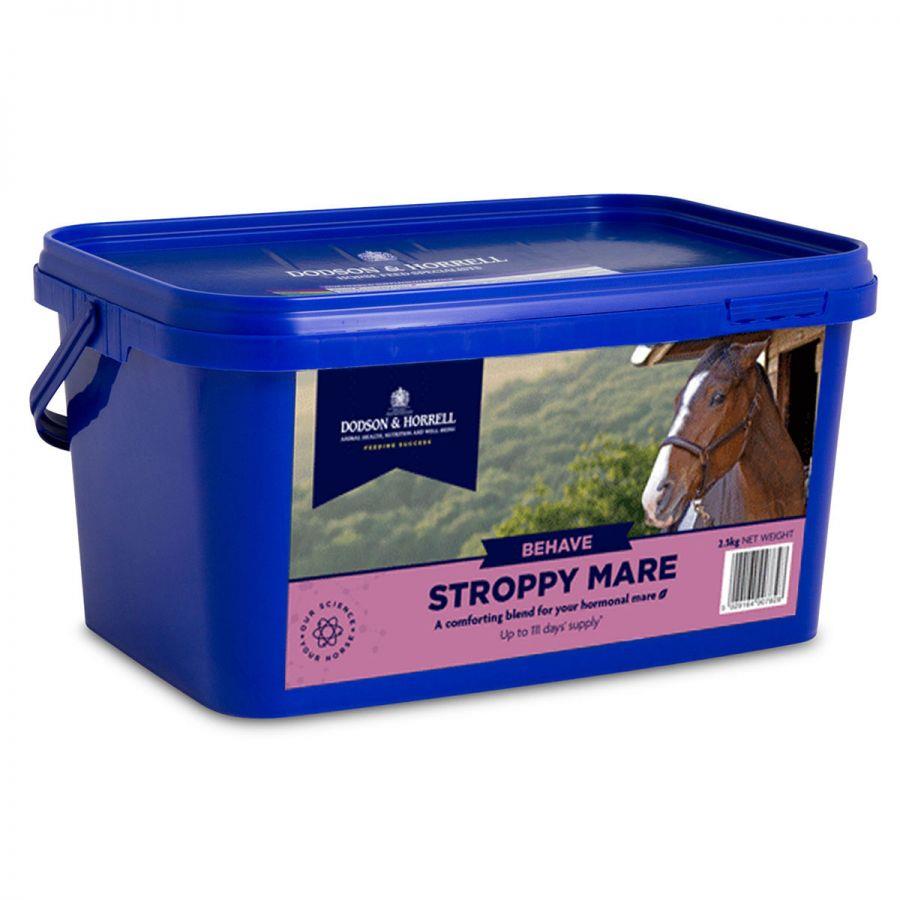Understanding the Strangles Outbreak at a Maryland Boarding Facility
A recent episode of strangles, a highly contagious disease afflicting horses, has been confirmed in Montgomery County, Maryland, capturing the attention of the equine community. One horse tested positive for this notorious ailment caused by the bacterium Streptococcus equi subspecies equi, leading to serious precautions to safeguard the 73 other resident horses. Immediate quarantine and testing measures were enacted to stymie the spread and protect these equine companions.What Exactly is Strangles?
Strangles might sound like something out of a Lemony Snicket tale, but for horses, it's no laughing matter. This infectious disease is distinguished by fever, swollen lymph nodes that often abscess, nasal discharge, and labored swallowing. Like a stealthy ninja, the disease spreads both directly, through horse-to-horse contact, and indirectly through shared surfaces and equipment. One particularly tricky aspect is that horses can become carriers without expressing visible symptoms, keeping the bacteria doing their mischief for weeks even after recovery.The Science Behind Diagnostics and Treatment
When dealing with strangles, diagnosis can feel like playing Sherlock. Vets primarily use polymerase chain reaction (PCR) tests to detect the presence of S. equi. Samples are often collected from nasal swabs, washes, or abscesses. Once confirmed, the main focus of treatment is to manage and relieve clinical symptoms, with antibiotics used judiciously in severe cases. As tempting as it might be to turn to antibiotics for a quick fix, overuse can dampen the horse's immune system, preventing it from developing natural immunity.Role of the Equine Disease Communication Center (EDCC)
When a strangles outbreak occurs, you want a trustworthy, clear, and timely source of information—enter the Equine Disease Communication Center (EDCC). This independent nonprofit, operating with the aid of industry donations, disseminates verified reports and health alerts to equine professionals and horse owners alike. The EDCC Health Watch program, powered by the EDCC, plays a pivotal role in ensuring that everyone is on the same page when it comes to disease detection and biosecurity action steps.Keeping the Outbreaks at Bay with Biosecurity
Considering strangles' relentless nature, it’s imperative that equine facilities exercise impeccable biosecurity measures. Think of it as a stringent horsey lockdown: quarantining new arrivals is essential to thwart the introduction of potential infections. In tandem with quarantine, thorough hygiene practices and scrupulous disinfection of shared surfaces and equipment are paramount. Despite having vaccines on the market, complete immunity is not guaranteed. Thus, biosecurity still reigns supreme in the quest to dodge strangles outbreaks.Charting a Course for Future Research
This incident at the Maryland boarding facility highlights fertile ground for further exploration:- Evaluating how effective quarantine and biosecurity measures are in real-world settings.
- Developing advanced diagnostic tools for early and precise detection of asymptomatic carriers.
- Pushing for vaccines that promise higher efficacy and more enduring immunity.
- Weighing the clinical quandary of antibiotic use against fostering robust immunological responses.
- Scrutinizing how entities like the EDCC enhance our understanding and surveillance of equine diseases.
Conclusion: Teamwork Makes the Dream Work
The strangles case in Maryland underscores a persisting hazard that infectious diseases pose to our equine friends. The fusion of vigilance in detection, proactive reporting, and unwavering biosecurity remains vital. Furthermore, collaboration among veterinarians, horse enthusiasts, and equine health entities, bolstered by timely communication systems like the EDCC, is essential to stave off these outbreaks and preserve the health and well-being of our equine companions.For more information, visit the original source on The Horse website.







